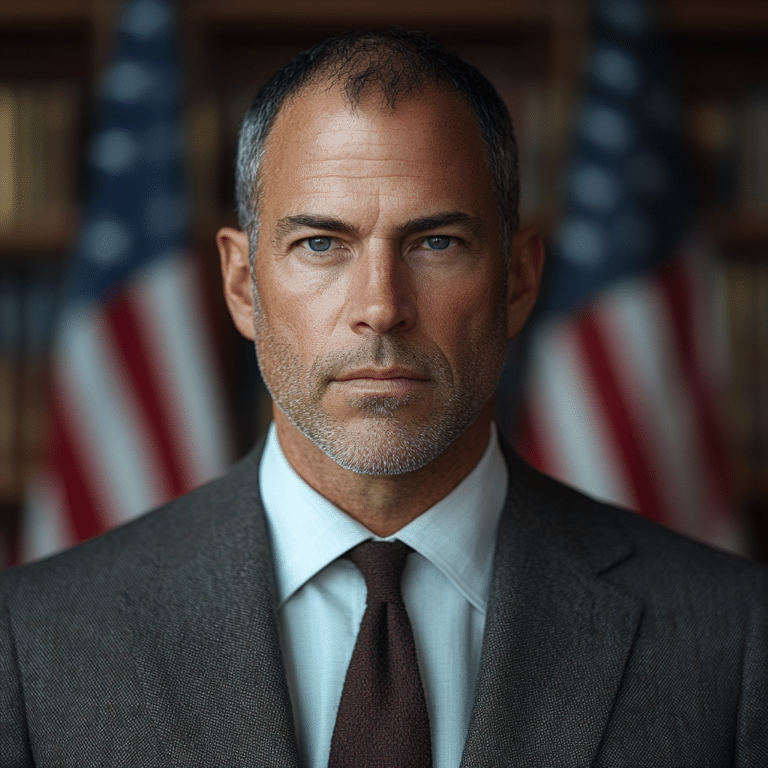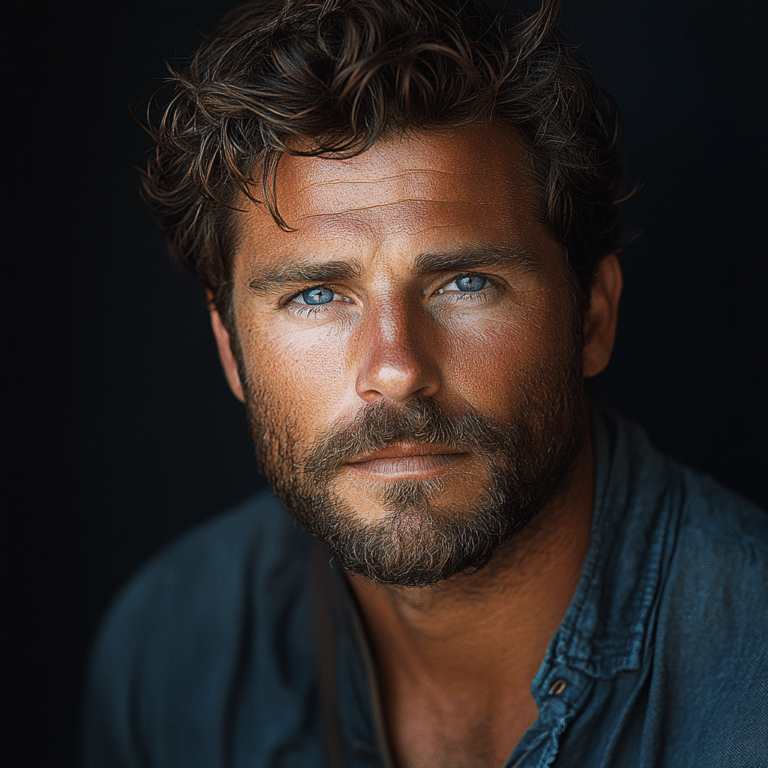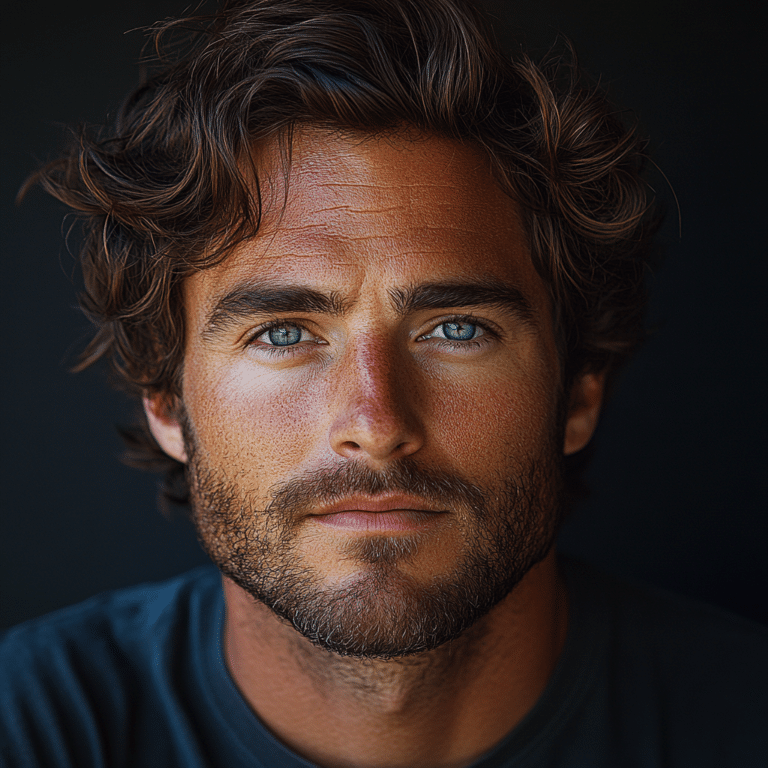The realm of crime captivates the imagination, especially when it comes to killer profiles that embody the most notorious aspects of human behavior. An examination of the life and exploits of such figures can send shivers down the spine, showcasing how anyone—from a seemingly ordinary background—can succumb to darkness. By delving deep into their early lives, the circumstances surrounding their crimes, and society’s response, we can better understand the multifaceted narratives that accompany these killers.
The Fast Rise of a Killer: Early Life and Background
Understanding the life of a killer requires us to go back to their formative years. Often, these individuals do not emerge from isolated circumstances; instead, the threads of their upbringing reveal a tapestry of influences. Take, for instance, Ted Bundy, who grew up in a household that, at first glance, may have seemed normal. Yet, Bundy showcased disturbing signs early on, including manipulation and a flair for deceit. These traits would later culminate in a tragic legacy.
Socioeconomic conditions have also played a crucial role in crafting the identities of known killers. Many grew up in environments riddled with dysfunction or crime, which may have planted the seeds of their violent futures. Exploring figures like Aileen Wuornos exposes the stark reality of childhood trauma, as her harrowing past shaped her into a killer fueled by rage and despair.
Moreover, early influences and mentorship—or the lack thereof—can lead to a killer’s devolvement into crime. Absent parental figures or peers engaged in illicit activities often push individuals down a perilous pathway, where choices become increasingly disastrous. Personal responsibility should always take precedence, but societal environments undoubtably leave a mark.

5 Fast Facts That Defined His Criminal Path
The Psychology of a Killer: What Drives Them?
Diving into the psyche of a killer reveals patterns not often discussed in mainstream narratives. Most share disturbing traits: a profound lack of empathy and antisocial behaviors. Notably, psychologist Dr. Anna Salter has pointed out how childhood trauma often plants early seeds of violence. Take Aileen Wuornos, for example—her background marked by abuse and neglect revealed deep-rooted psychological scars that eventually surfaced in her violent acts.
Furthermore, acute environments can breed fatalistic mindsets. Many killers do not see their actions as wrong but rather as means to an end. Understanding these psychological aspects urges society to approach crime from a perspective of prevention—highlighting how important it is for families to provide love, guidance, and support to at-risk youth.
Additionally, societal reactions to these killers often become a topic of debate. Are we doing enough to address the underlying causes of violence? Or are we merely putting band-aids on gaping wounds? As conversations grow around mental health, we must become advocates for policies that support treatment and education on these issues.

Society’s Reaction: The Fast-Food Cycle of Crime and Media Coverage
When a crime hits the headlines, it becomes fodder for sensationalism, leading to a fast-food cycle of headlines and retellings that captivates audiences. Media portrayals, such as those surrounding Charles Manson, spark fascination but also pose ethical questions. Are we glorifying killers and, in turn, their gruesome actions?
The adaptation of killers’ stories into films and documentaries often winds up glamorizing their horrific legacies. Netflix’s “Mindhunter,” for example, dramatizes the psychology behind serial killers, making it imperative that we assess how media influences public perception.
Moreover, societal obsession with these stories diverts attention from necessary discussions around public safety and mental health policies. We must ask ourselves: What are we willing to do to prevent future tragedies rather than merely consuming content that sensationalizes them?
Reflection: How the Notorious Killers Have Shaped Modern Crime Perception
The lingering impacts of notorious killers extend far beyond their immediate crimes, shaping policies and public discourse about mental health and justice. Such figures have altered how law enforcement approaches crime, influencing techniques like behavioral analysis that stem from diligent studies of such offenders.
For instance, the investigative strategies of the FBI’s behavioral units owe much to the profiling techniques developed through analysis of these killers. The very essence of crime fighting has evolved, thanks to lessons learned from these dark minds.
But it’s essential to focus on the broader narrative at play. By understanding the life paths that lead individuals down the road of crime, we open doors for proactive measures aimed at prevention. Creating supportive environments and increasing mental health resources can be vital components in combating the epidemic of crime.
Beyond the Profile: Lessons Learned from a Killer’s Life
Ultimately, examining the lives of notorious killers sparks critical dialogues about prevention, mental health, and societal failure. Understanding these figures provides insights that can inform better practices and proactive measures; addressing the root causes of crime stands as the only way to foster real change.
Discussion around these topics needs to be robust, honest, and open. By engaging in conversations about crime prevention and mental health, we can empower families, communities, and individuals to take action before tragedies occur. If we can’t learn from the past, we risk repeating the disturbing patterns etched in our history.
In closing, the tales of killers are not just cautionary tales; they bear vital lessons that must resonate in contemporary discussions, encouraging us to find solutions that create a safer, more compassionate world.
By confronting the facts head-on, we acknowledge a harsh reality but also empower ourselves to stand strong against the tide of violence, ensuring that future generations do not repeat the same mistakes that have plagued society. In such discussions, let each of our voices be heard and valued. Together, we can work towards creating a society in which the sole narrative is one of hope, safety, and resilience.
Killer Insights: Trivia That Digs Deep
The Twists and Turns of a Killer’s Life
Did you know that some notorious killers have found their way into popular culture? One example is the film Joyride, which tells the chilling tale of a killer on the loose, blending suspense with thrilling action. Though not based on a real-life murderer, its portrayal of psychological tension mirrors the minds of infamous figures we often hear about. For those fans of classic art, Frances Bays remarkable portrayals in various roles remind us how even actors can leave a lasting impact, sometimes playing roles that hit close to home.
In a surprising twist, the sports world isn’t immune to the shadows cast by killers. Burgess Owens, a former NFL player, once highlighted how society shifts its focus during sports seasons, offering an interesting juxtaposition to the dark narratives that surround infamous killers. Similarly, mention of public figures like Donald Driver and his inspirational journey serves as a stark reminder of the divide between heroic achievements and the grim actions of individuals who chose a path of destruction.
Cultural Reflections and Hidden Truths
Moving into entertainment, actors like John Rhys davies often portray villains, but what if they mirrored real-life killers? Their performances can sometimes give us insights into the darker aspects of human nature. Moreover, cultural phenomena like Dragonball Sparking Zero elevate the storytelling by touching on moral dilemmas, keeping audiences engaged while highlighting the battle between good and evil—much like society’s ongoing struggle with the annual cycle of violent crime.
In the digital era, the stories of famous figures often spark interest in their personal lives, including topics like Aaron Rodgers’ wife and his relationships. These narratives remind us that even when marred by tragedy, personal lives remain a fascinating point of connection. Additionally, the backstory of young talents like Spencer Webb showcases how rising stars can shine even when overshadowed by more sinister tales. Whether it’s through films, sports, or personal stories, the life of a killer often leads us to reflect on the bittersweet nature of humanity and performance, creating a complicated tapestry of fear and fascination.






































